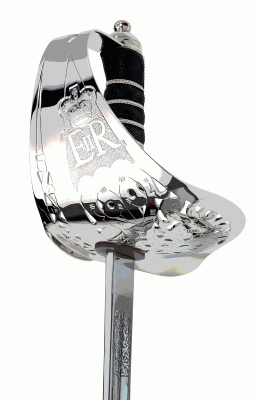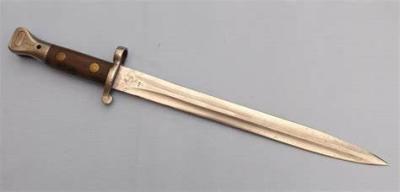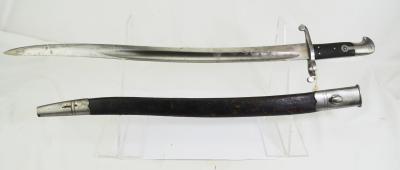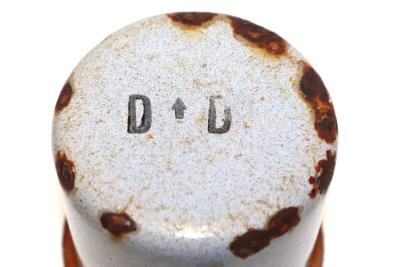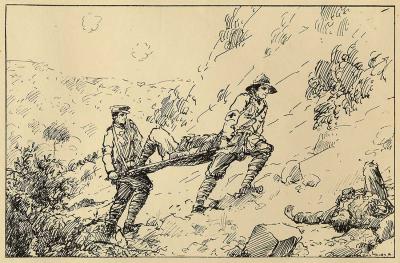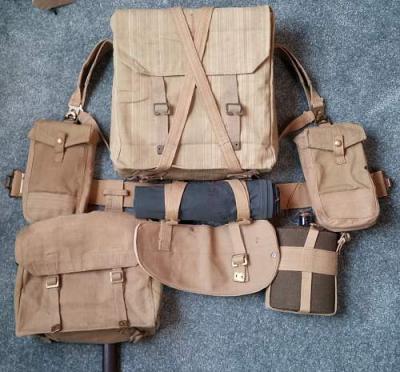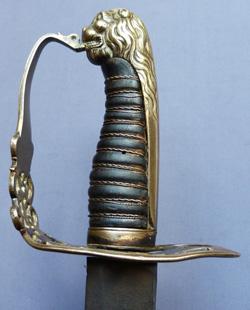1803 Pattern Infantry Officer's Sword
The 1803 pattern Infantry Officers Sword has a curved blade double-edged towards the point with the knuckle-guard with crowned 'GR' cypher surmounted by a bugle horn suspended on a ribbon, a ring for a tassel above, lion-head pommel and back-piece in one, and ribbed dark horn grip bound with twisted copper wire.
This sabre was introduced to fill an important need amongst British officers who duties took them away from the safety of regular Infantry line formations. Skirmishing with the enemy as light infantry or riflemen was a very dangerous venture, and these extended formations were vulnerable to being overrun by timely movements of enemy cavalry or concerted pushes by enemy infantry.
.While the regular pattern 1796 Infantry straight had some cut and thrust functionality to it, it was completely inadequate for the Grenadier, Light Infantry and Rifle officers of the British Army. In the late 1790s unofficial curved bladed Infantry sabres started popping up in regiments. These sabres came in many shapes and sizes and in 1803 the army officials took steps to standardize this sabre.
In addition, this pattern was taken up (with a white ivory grip) by many mounted regimental field officers (majors and colonels), again because of its usefulness in combat. Even some General officers adopted it instead of the 1796 staff pattern
Details
Details
This sword is displayed in the Pre 1914 Galley as part of the stories of British military detachments in Western Australia from 1826 to 1870. All edged weapons, including bayonets, knives and swords in the collection of the Australian Army Museum of Western Australia are physically secured within locked display cases.
Australian Army Museum of Western Australia
Australian Army Museum of Western Australia
More items like this
Other items from Australian Army Museum of Western Australia
- 1796 Pattern Light Cavalry Sabre
- Bayonet - 1888 Pattern Magazine Lee-Enfield
- British 1860 Pattern Martini Henry Yatagan Sword Bayonet
- World War 1, Tin Cup with Folding Handles
- World War 2, Australian Army Issue Enamel Drinking Cup
- World War 1 - Australian Army Issue Water Canteen
- World War 1, South-West Asia, Türkiye, Gallipoli, SILAS, "Crusading at Anzac"
- Pillbox Hat - Artillery Officer
- World War 1 - 1908 Pattern Webbing
- World War 2 - 1937 Pattern Webbing
- Pre 1914, 2nd Anglo-Boer War, 6th Western Australian Contingent, Perth, 1901
- Pre 1914, Western Australia, Rottnest Island, Undersea Cable, 1900
